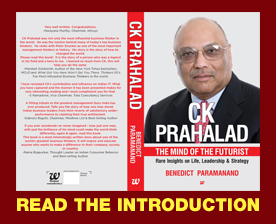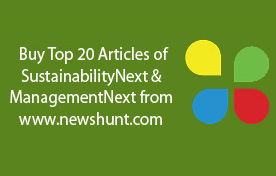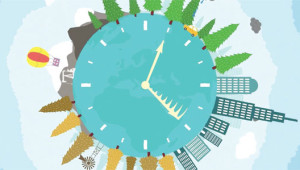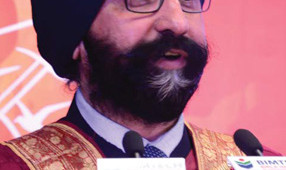Why HR Too Needs Big Data
Why do we need data analytics? Today, the business cycle is very short; We are all competing for the same kind of people and our budgets are shrinking by the day. These are some questions the panel at CII HR Summit, Bangalore discussed while addressing the theme ‘De-mystifying Big Data & Analytics.’ Panelists – Elango R, Chief Human Resources Officer and Head Emerging Geographies Business Unit, Balachandar N, Group Director – Human Resources, Café Coffee Day and Anil Arora – Senior Vice President- Human Resources, IBM
How do you go about using data to achieve insight?
Balachandar N – I joined Café Coffee Day three years back, before that I was in GE. Everything there was data driven – from goal setting to results – so I came with that mindset. Here I come to CCD, you walk around the stores, get inducted across the country and you start hearing perceptions about things like this store is excellent in service but this store isn’t, Calcutta is lovely but Bombay is nice. So it was all perceptions and anecdotal evidence.
So, we said: this isn’t going to work as we have 2000 stores and we will very soon have 5000 stores. How do we get into very analytical, data driven decisions? About 8000-9000 people touch each one of you everyday across the country, touching about 3 million cups of coffee. So how do we bring in structure, how do we bring in data driven decision making to a particular store whether it’s good at service or bad at it. We created the CCD PROMISE, it is based on what is it that we promise the customer and how do we measure it? If we measure it, people will deliver it. What gets measured gets delivered, that’s the tag line we use.
You must keep in mind that they are 10 or 11 pass or failed students and we train them anywhere from 1 week to six months in different programs that we run. We said how do we ensure we get to see what they actually deliver. We trained them, we rolled the CCD promise and then we did a series of audits, we used mystery audits as well as our own employees auditing. There were 3096 data points across 54 questions which measured whether the person greeted you, was the toilet neat and clean and dry to how the food was.
Grouped them under 5 headings and we completely automated this process. Today we have data points over three quarters at which store level, at which manager level, which territory our stores our scores are improving. We have a data points at the store level, area level, territory level and this touches every customer and every process we deliver at a store level. We have converted the whole thing into graphs, we present it every month at area manager meeting and measure it every month.
Anil Arora – I agree it’s not all about having mega sophisticated tools but it’s also attitude as HR professionals. One of my colleagues on my team worked on something called an early morning system and took it a step further, using spread sheet, we did not use any fancy tools, looked at different accounts. The client said you were supporting us in HR and looked at people skill wise, analyzed risk of attrition by skill category in a particular account and was able to advise the leader about which skills are at a higher attrition risk and if that skill happens to be a growth skill versus a skill which isn’t growing then the alert is sounded and appropriate actions are taken. So in simple ways also we can do analytics on a day to day basis. Interpretation matters not the tool
Data is clinical, no patterns, where as HR is about feeling, touching, intuitions and emotions, what can we do to overcome this?
Anil Arora – Tools can be there but we do need to look at what we can do. Tools can be there but people have to ultimately leverage. From a tools perspective we are fortunate in IBM to have some really sophisticated tools like Cognos, Hyperion Rio, we have been using it. They have been given access to Cognos. First thing is to enable the HR team with the right tools that they need to do what we are expecting them to do. What’s most important eventually is that basically you might have tools but its how you go about it. Challenges were there, it took some time before the team could adopt, use, leverage.
Balachandar – Whether you come from a social work or MBA background all of us are trained to handle data today, it’s not just touchy feely stuff. Data cannot be anecdotal; to you have confront leaders with data. Let’s not take away the fact that we all see service data on quarterly basis, we go to 30-40 stores a month, that’s our shop floor, that is our factory, we see the energy of the employee, how he greets, groomed, it cannot be just sitting in a classoom and analyzing data, you got to be on the floor as well and that’s when you have a mix of both touchy feely as well as data driven which really helps you deliver.











Recent Comments